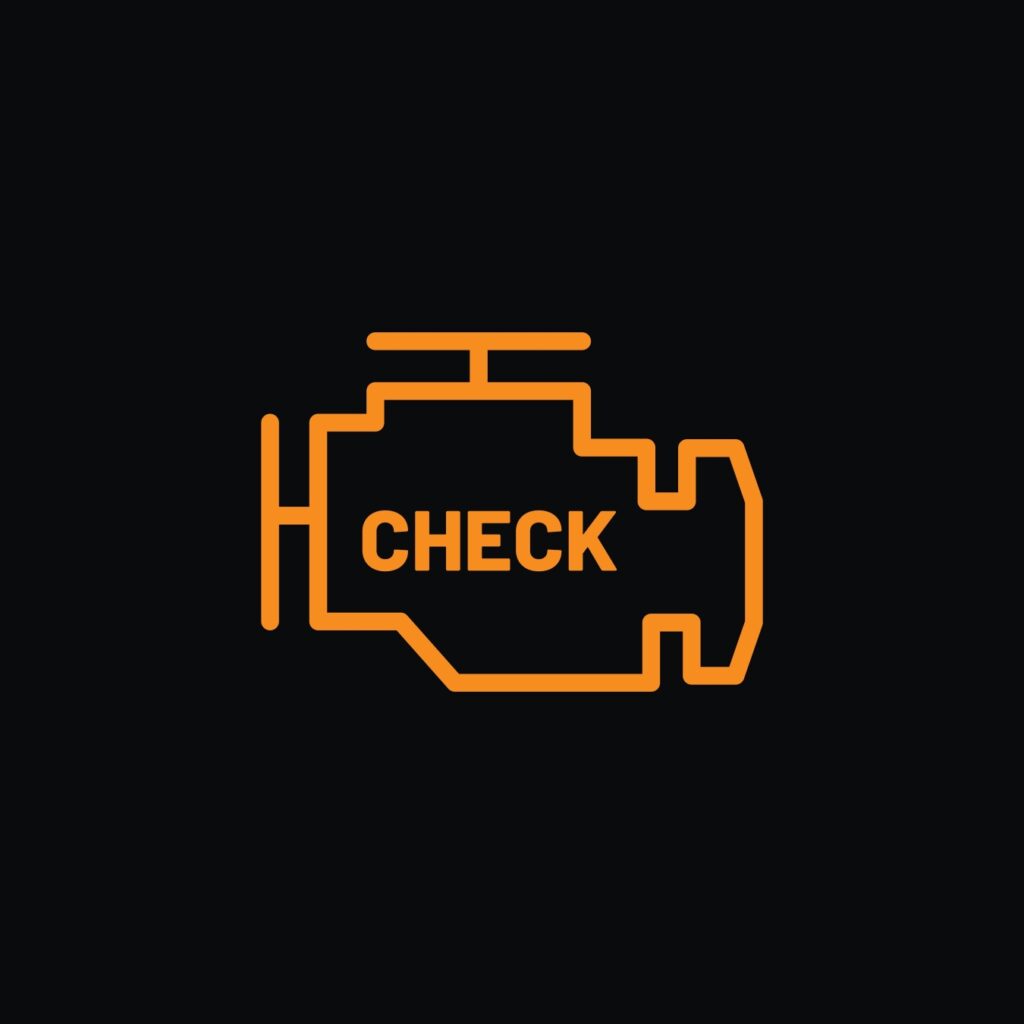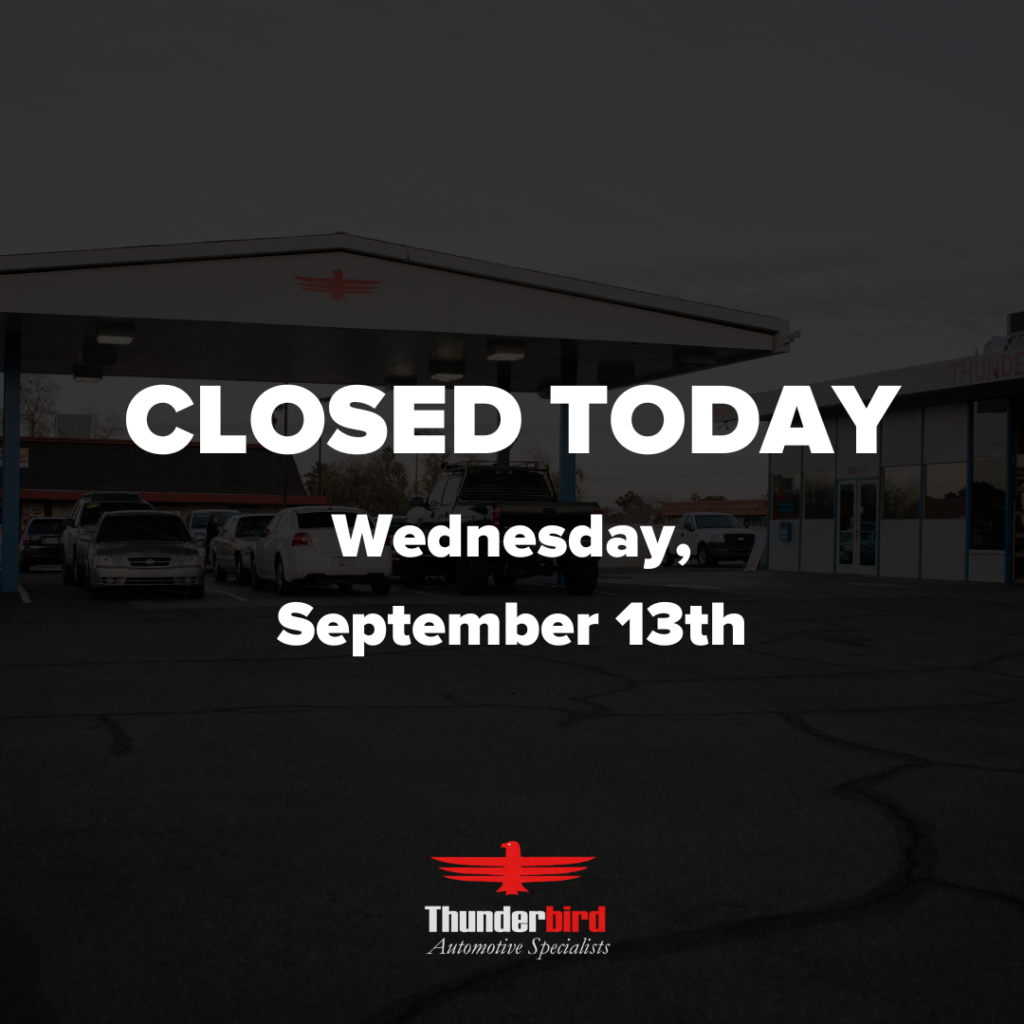Seeing the check engine light illuminate on your dashboard can be alarming. It’s a sign that something in your vehicle isn’t working properly, but the severity of the issue can vary widely. To help, here’s a step-by-step guide on how to handle the situation and keep your vehicle running safely and efficiently.

1. Don’t Panic – Assess the Situation
When the check engine light comes on, the first step is to remain calm and assess the situation. Check if the light is steady or flashing:
- Steady Light: This typically indicates a less urgent issue, such as a loose gas cap or minor emissions problem. You can continue driving, but schedule a diagnostic check soon.
- Flashing Light: A flashing check engine light signals a more severe problem, such as an engine misfire. Continuing to drive could cause serious damage to the engine or catalytic converter. In this case, safely pull over and call for assistance.
2. Check the Gas Cap
One of the most common reasons for a check engine light is a loose or faulty gas cap. If the cap isn’t tightly secured, it can cause a disruption in the fuel system’s pressure, triggering the light. To resolve this:
- Pull over safely and make sure the gas cap is tightened securely.
- If the cap was loose, the light may turn off after a few driving cycles. If not, proceed to the next steps.
3. Reduce Speed and Avoid Heavy Loads
If the check engine light is steady and the vehicle is driving normally, reduce your speed and avoid heavy acceleration, towing, or carrying heavy loads. This reduces strain on the engine and can help prevent further issues while you make your way to a repair shop.
4. Schedule a Diagnostic Check
A check engine light can be triggered by a variety of issues, ranging from minor to serious. The best way to identify the problem is to schedule a diagnostic check with a trusted mechanic. At Thunderbird Auto, our certified technicians use advanced diagnostic tools to read the error codes and pinpoint the exact cause of the light.
Common reasons for a check engine light include:
- Oxygen sensor failure
- Catalytic converter issues
- Mass airflow sensor problems
- Ignition coil or spark plug issues
- Exhaust gas recirculation (EGR) valve failure
5. Don’t Ignore the Problem
While it can be tempting to ignore a steady check engine light, doing so can lead to more significant problems and costly repairs down the road. Even minor issues can impact fuel efficiency, engine performance, and emissions, so it’s always best to address the problem sooner rather than later.
Visit Thunderbird Auto for Expert Diagnostics and Repairs
When your check engine light comes on, you need a trusted auto repair shop to diagnose and fix the issue quickly and accurately. At Thunderbird Auto, we provide comprehensive diagnostic services and expert repairs to get you back on the road safely.
Don’t wait for a minor issue to turn into a major repair. If your check engine light is on, contact Thunderbird Auto today to schedule a diagnostic check and keep your vehicle running smoothly!


